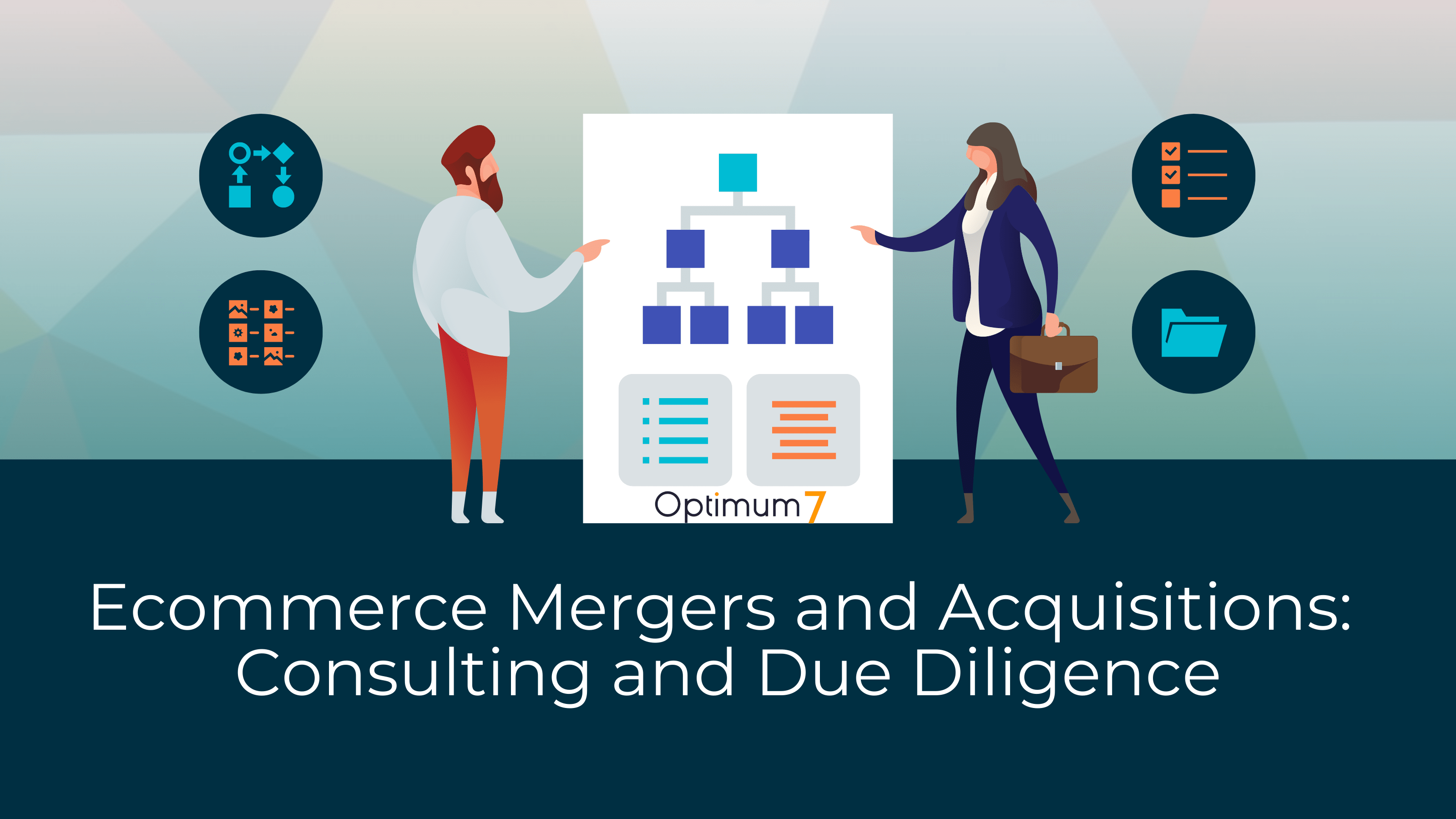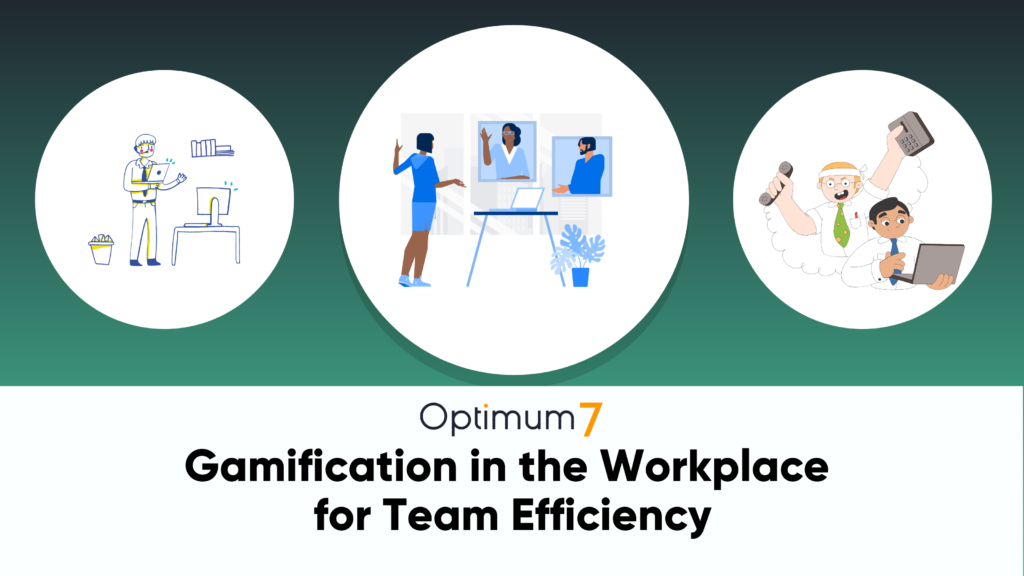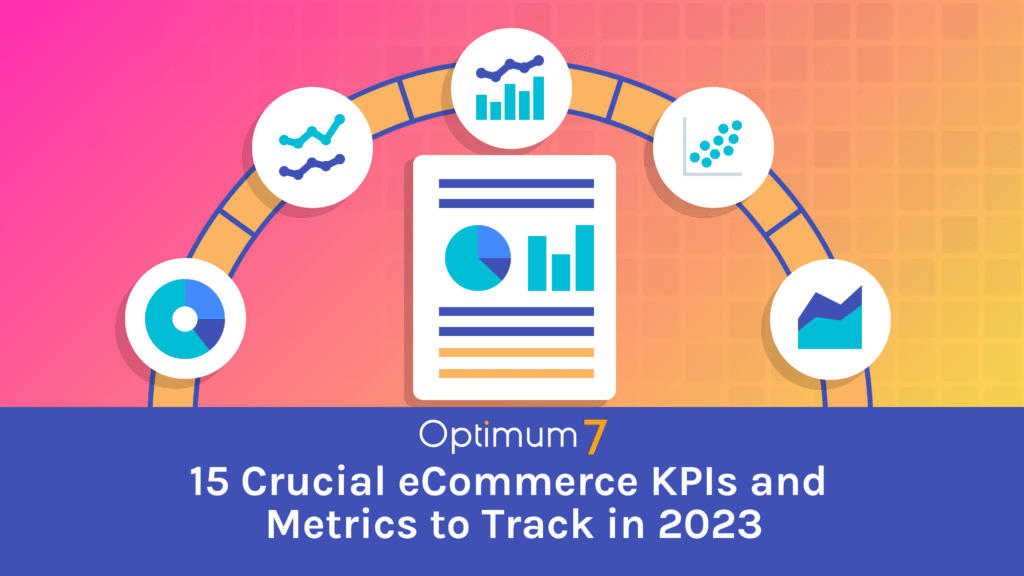eCommerce Mergers and acquisitions are strategies to gain a higher market share and reduce those from competing firms. Corporation giants have engaged in acquiring businesses or merging with rivals to achieve this goal. eCommerce companies can do the same, with smaller economies of scale.
The most recent example of such an acquisition — as of January 2021– is Staples offering to purchase Office Depot. According to DigitalCommerce360, Staples offered $40 per share on Office Depot, valuing the whole company at $2.1 billion. Both corporations retail office supplies, usually at brick-and-mortar locations. With the pandemic shutting down nonessential businesses, office supply retailers see less revenue.
Even though Office Depot rejected the offer, they are open to merging companies. Staples is number 8 on the 2020 Digital Commerce 360 Top 1000 companies. It is facing competition from online retailers that can deliver the same supplies with two-day shipping. Such shipping also promotes health safety for the consumer.
Many corporations such as Amazon and Wayfair have taken this route, acquiring brands or developing them to sell various products. Becoming a general retailer means that you will fail against the corporate giants. They have a larger economy of scale to purchase brands from different sectors and appeal to multiple customers. Therefore, smaller eCommerce businesses need to take a more specialized approach, choosing a particular industry.
Mergers Vs. Acquisitions
A merger also called an integration, is when two or more companies combine under the same umbrella. They share resources and brands. If synergy ensures that the companies can optimize these resources and assets, then both parties can benefit.
Integrations can either be horizontal or vertical. For horizontal integration, a business merges with a company that manufactures products or delivers on services. This can include one film corporation buying another film corporation.
Vertical integration focuses on merging with companies that can streamline your supply chain. This allows for more quality control and sourcing of raw material or labor at the manufacturing level. Owning the factories allows for fewer errors or law violations.
On the other hand, an acquisition is merely purchasing another business and claiming ownership. An acquirer company evaluates a target company and sets a price. The target company may negotiate the cost to their benefit or that of their previous owners.
What to Consider for Mergers and Acquisitions
Who will gain ownership over the combined assets, the market share, and control over operations? How does each company benefit from a merger or an acquisition? The decision has many mitigating factors.
With ownership, the legal agreement can determine the relevant business shares and company equity. An individual or a company can hold these shares; this is especially important if your business plans to become a public firm.
Branding also matters. Any company that is available for merging and acquisition needs to match your company’s values or offerings. Even if the business’s choice of products is different from those in your industry, purchasing them can work. Long-term strategies can make all the difference.
Any business, regardless of the industry, can engage in a merger or acquisition. Whether you are retailing jewelry, office supplies, or website development, you can purchase another business or pool resources with a rival.
The exception is if you are part of an oligopoly. In which case, many deals may fall under antitrust laws. However, this situation is unlikely, thanks to many eCommerce businesses online sharing the same industry. Not every digital storefront will become a corporate giant, even with angel investors and consistent revenue growth.
The eCommerce Due Diligence Process
eCommerce Due diligence is the process of executing your ROI goals for a digital transition that is in line with your eCommerce Acquisition strategy. It involves optimizing the available monetary and labor resources through a due diligence checklist that addresses marketing, financial and operational growth issues for buying or selling an eCommerce Business.
Some processes require an entire ecosystem. Ecosystem modeling allows you to project different systems interacting at once in real-time. Such systems can include logistics, sales, warehouses, business operations, or digital marketing assets.
Key Performance Indicators
You also need to create parameters and key performance indicators, or KPIs, to indicate the business’s health. These parameters apply during and after the merger or acquisition. Sales revenue during a business quarter would be one example of a KPI.
Another would be monitoring your omnichannel approach and testing its effectiveness with conversions and growing customers. With an omnichannel campaign, the customer receives a fully integrated customer experience when engaging with the eCommerce store. They receive incentives to build a stronger relationship with your brand.
Time should be one of your key KPIs. Current revenue needs comparison to income in previous periods to measure progress over a year or a quarter. For this, you need company history and revenue data, ideally back to your business’s inception. Accuracy matters; maintain as much information as possible and organize it according to your analysis parameters.
In addition to monitoring internal KPIs, having external ones in your industry will also make a difference. You want to see how you fare against potential competition and measure overall health.
Growth Index
Larger corporations have shares in the stock market, but not every eCommerce business can afford that. A growth index provides the same information on a smaller scale in a condensed report.
Brands have a growth index in their industry, which tracks their financial performance without necessarily making their company public. The index also tracks revenue growth overall within the industry. You want to draw the index from different sources to verify your data and compile it.
The report will have different metrics. Observe if the economy is going through a downturn and hiring rates for businesses. Business owners will respond to a survey and note external factors that could affect their operations. Factors can include legislative changes or public attitudes towards specific industries.
Companies such as Capital One release that information in an annual report for the inorganic growth index. Their website has a two-page document available freely, only requiring your time to sift through the data and analyze it.
Analysis of Orders, Products or Services, Clients, and Organization
An eCommerce business has four facets: orders, products or services, clients, and organization. These also serve as the basis for due diligence. Analyzing each of these facets will provide necessary guidance for the merger and acquisition process.
Orders refer to the purchases that your customers make, also known as transactions. Analysis on this facet can include tracking the number of transactions during the day, conversion rates from marketing campaigns on websites and advertisements, or average order value. The number of items in the order can reflect consumer behavior towards pricing and discounts.
With your products or services, different metrics can reveal your company’s health. The number of products sold within a year and SKUS and revenue analysis can identify patterns. Knowing which products sell more than others can help narrow down an online shop display.
Clients deliver cash and cash flow to your organization. Investors provide some of the cash flow, but a business needs customers making purchases to remain profitable. Relevant KPIs include traffic sources to your business website, demographics of your target audience, and the potential for customer relationship management, or CRM.
You also want to evaluate client behavior, internal research, engagement, and loyalty. Customers often research products that they seek, and you want them to visit more frequently. View bounce and exit rates, as well as how many are new visitors or returning ones. A rewards system can earn customer loyalty; other strategies include building a community of clients or delivering a unique value with quality service.
Organization
Evaluate your internal processes and resource management. Resources comprise more than raw materials for manufacturing or technology tools. Employees and their skills are also invaluable when making an assessment. Technology can become obsolete, but human intelligence never loses relevance.
With eCommerce, internal processes apply even if the employee is an independent contractor. Refining your systems can save on costs in the long run.
Run an analysis on daily operations. See which daily tasks are not profitable in the short or long-run, wasting time that could be spent earning revenue. Evaluate the essential maintenance that employees and managers need to perform to prevent losses at a later date.
Cost Analysis
How much does it cost to stay in business? Every aspect of the process has a price. Has your overhead changed with remote working? Can you track the cost of goods sold (COGs) or da
ily transactions? What are your retroactive billing costs? Are you paying your vendors and supplies on time?
These questions will help determine if there are redundancies in your system or possible bottlenecks. Set a date for starting cost analysis; the company’s inception day can serve as a possible starting point in smaller businesses.
Why Merge, Purchase, Or Sell To Another Company
You merge with another company for either synergy with their resources, reducing competition by removing a rival, or controlling your supply chain. A merger providing control is extremely important. eCommerce businesses cannot afford to have a problem with the manufacturing or distribution of their products. Merging offers a window of security and an opportunity to experiment with products or services, as well as marketing. ,
Accepting an offer from a rival company can both add resources and reduce potential debt. Failing companies may sell off ownership to run at a break-even point and retain valuable employees. The downside is losing control over company decisions, and it can reduce revenue streams.
Consulting services can advise if a merger or acquisition will benefit your company. They can look at the numbers and your process with due diligence. The due diligence process will provide a thorough picture of your company’s health and options for the next step.
We have a detailed eCommerce M&A (Mergers and Acquisitions” Checklist. Contact us and we will send you this Checklist or help you with your eCommerce M&A Process.









